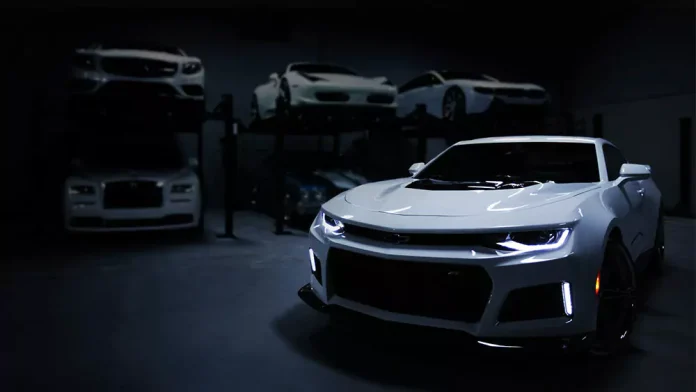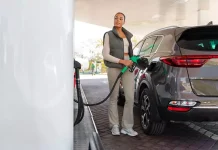When considering car transport options, a crucial decision is whether to use open or enclosed transport. This choice significantly impacts shipping costs, influencing overall expenses and the level of service received. Understanding the differences between Open vs. Enclosed transport methods can guide decision-making, ensuring a balance between budgetary constraints and vehicle protection requirements.
Open vs. Enclosed Transport: Understanding Auto Transportation
Discover why open vs. enclosed transport is preferred for high-value vehicles while open transport remains the most budget-friendly option.
Open Transport: A Cost-Effective Option
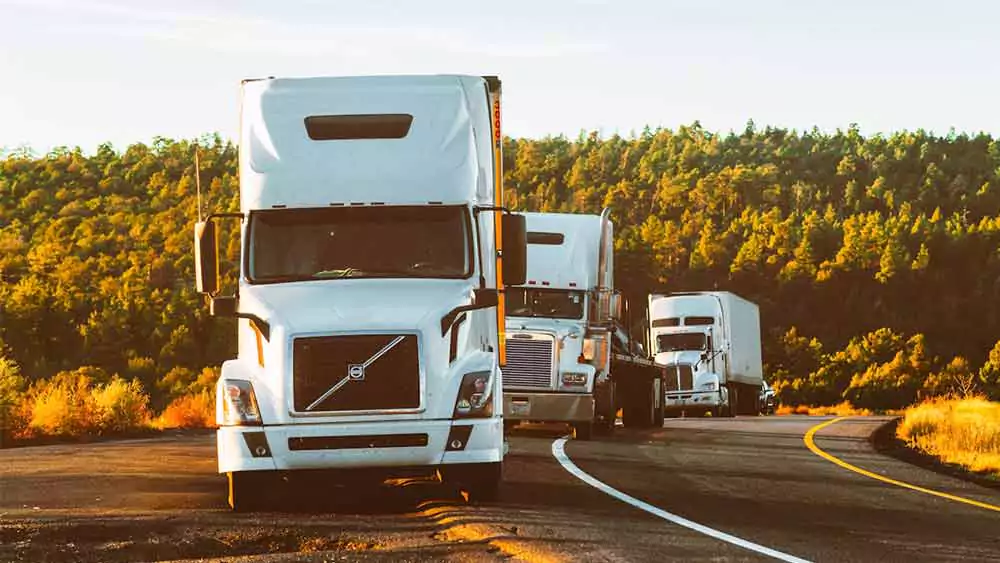
Open transportation continues to be an option because of its cost-effectiveness. This technique entails loading vehicles onto an open trailer without walls or a roof so that many cars can be moved together at once within the shared trailer space to save money. This system makes it an economical alternative for many. If you are looking for open transportation services in California, get all the information on California car shipping costs before selecting a service provider.
However, open carrier vehicles are susceptible to weather conditions and road debris. Although generally safe, damage is possible due to this exposure. Despite these risks, many people choose open transport because it is more affordable and readily available than enclosed transport options.
Enclosed Transport: Premium Protection
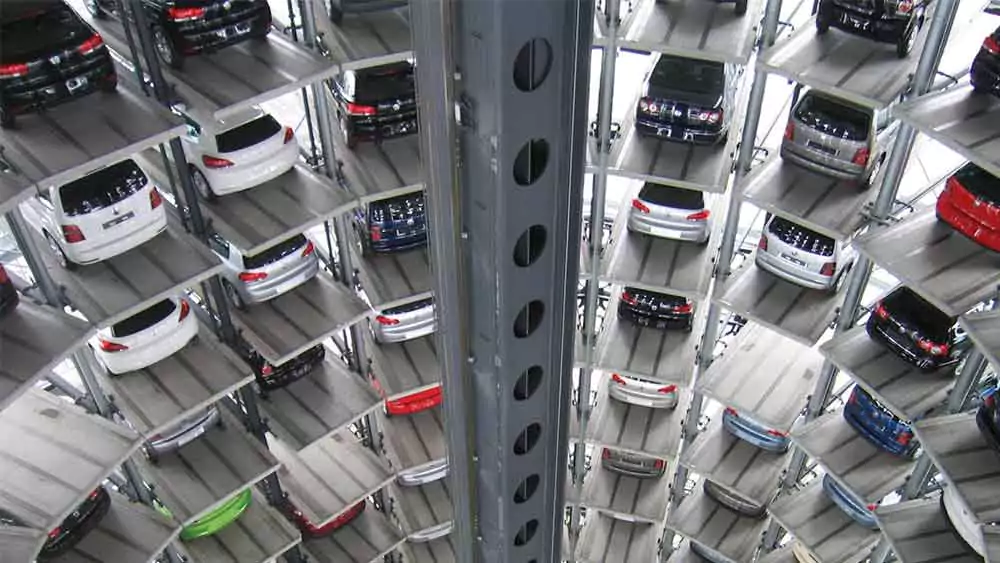
Enclosed transportation provides enhanced protection for vehicles, but it comes at a higher cost than other options available in the market. Cars are securely loaded into a trailer with walls and a roof to shield them from factors such as weather conditions and road debris. This type of transportation is particularly suitable for high-end luxury vehicles, vintage cars, or those with high value that demand attention and care during transit.
The extra security measures result in a rise in prices because of the capacity and specific services provided by enclosed trailers. Fewer vehicles can be accommodated in an enclosed trailer, leading to increased vehicle costs.
1. Factors Influencing Cost Differences
The price gap between enclosed transport and open transport is influenced by several factors. First, the level of protection plays a role in determining costs, as enclosed transport provides better security measures. Second, the demand for enclosed transport is usually lower than that for open transport, which could lead to limited carrier options and potentially higher expenses.
Luxury or vintage car owners often choose enclosed transport for protection due to the perceived value of their vehicle’s safety during transit.
However, longer distances can lead to increased costs, irrespective of the transport method selected.
2. Choosing the Right Transport Method
Choosing the transportation method requires considering various factors. Budget limitations typically influence these decisions. Open transport is favored by those looking to save money. However, some may find it worthwhile to opt for enclosed transportation when dealing with fragile or high-value vehicles. Assessing the state and worth of the car can help make this choice easier. For regular cars, open transport is convenient. On the other hand, luxury cars get protection with enclosed transport, giving the owners a sense of security and peace of mind.
3. Insurance and Liability Considerations
Insurance protection differs for enclosed transport methods. Carriers usually offer basic coverage that may not adequately cover all damages, while enclosed transport provides more extensive insurance to ensure better protection.
Understanding the details of insurance terms and conditions is important to ensure the coverage matches your requirements. You should also consider insurance options to reduce potential financial risks linked to vehicle transportation.
4. Planning and Timing
The timing also significantly affects transportation expenses. Reserving a slot early usually allows you to enjoy lower prices because transporters can organize logistics efficiently. On the other hand, last-minute bookings may attract higher charges due to limited options and increased demand.
Seasonal fluctuations and demand can also impact the prices of car transportation services. Costs may rise in peak periods and decrease during other periods, with affordable options becoming available to customers. This information can help you better plan your car transportation schedule, keeping budgetary restrictions in mind.
Conclusion:
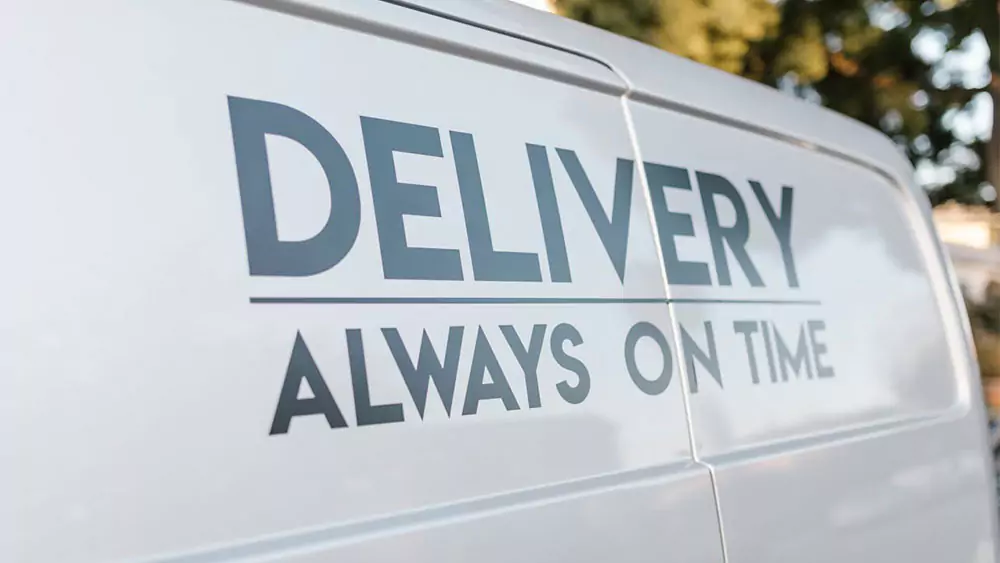
When deciding between enclosed transport options for your vehicle delivery needs, consider factors like transportation costs, insurance charges, and the value of your vehicle. Open transport works well for regular vehicles, while enclosed transport offers extra security for valuable cars. Knowing these differences will help you strike a balance between cost-effectiveness and ensuring your vehicle’s safety. Assess your transportation requirements and financial standing to select an option that meets your financial constraints and offers peace of mind.
Related Content: An Ultimate Guide On How To Save For A Car


